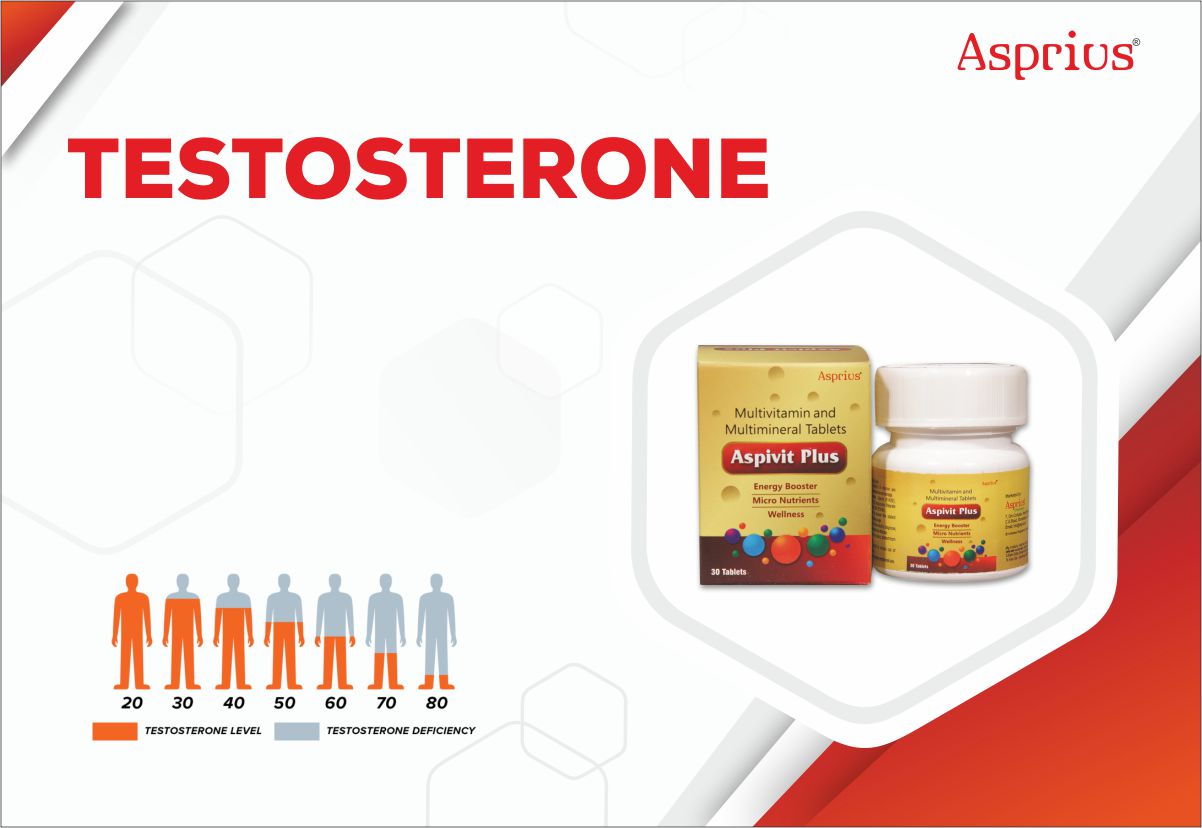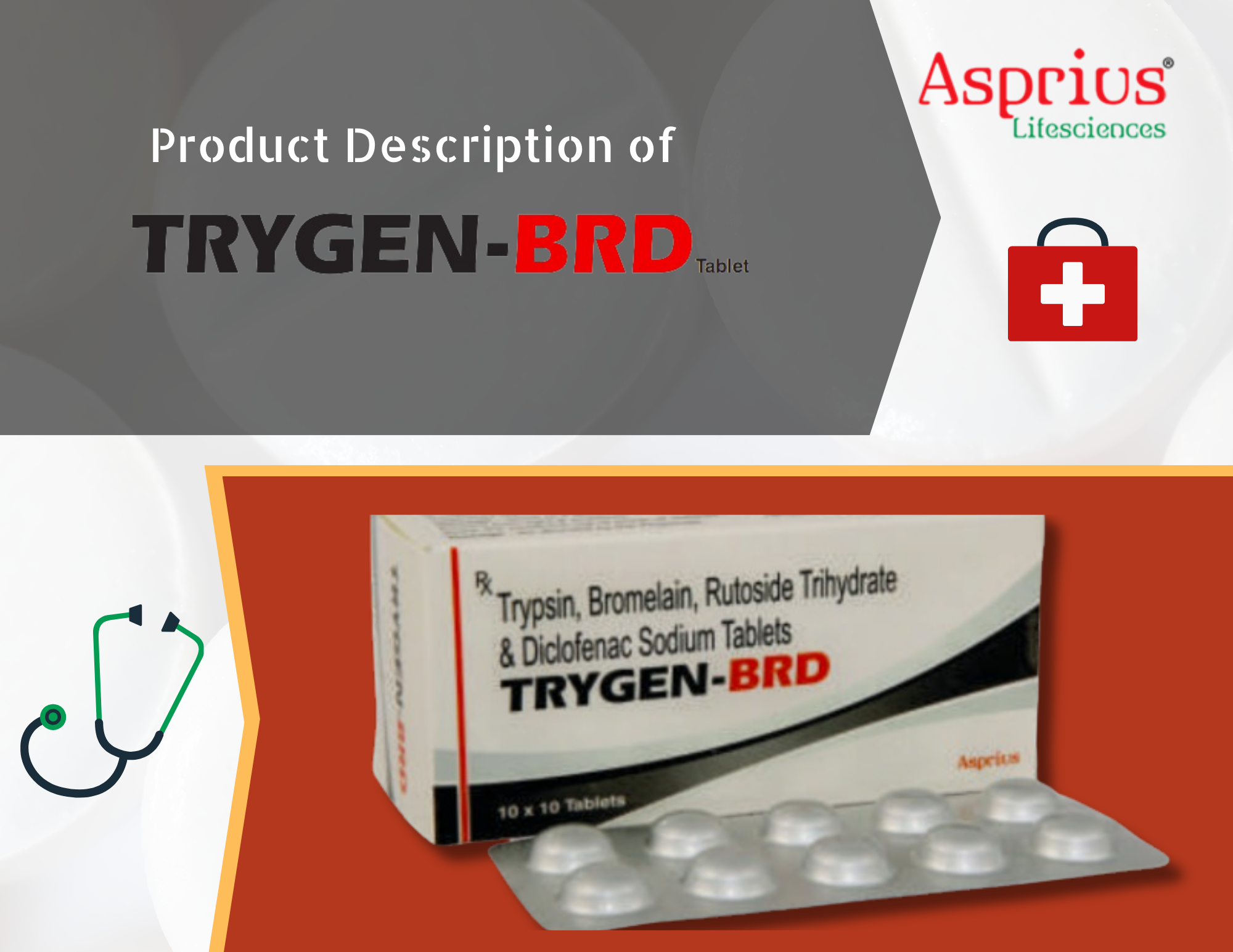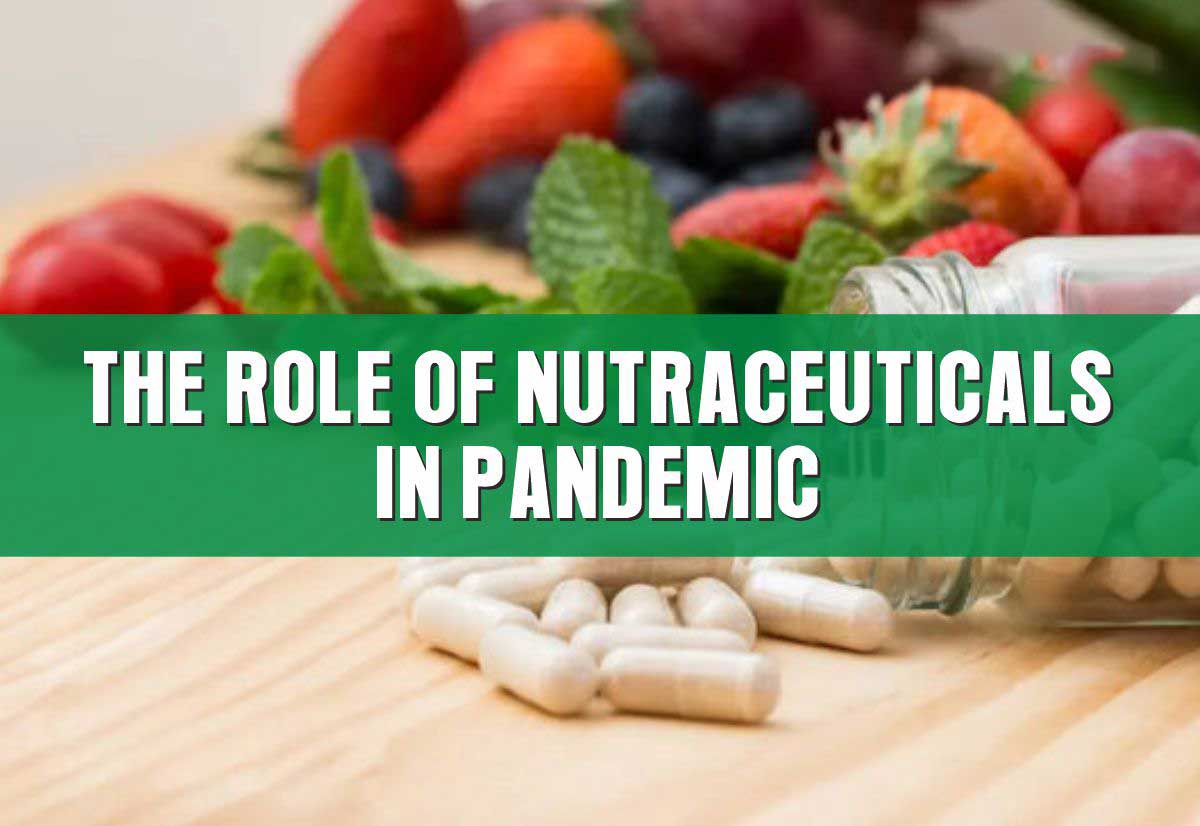
Dr. Sanjay Agrawal
Leading Pharmaceutical consultant and editor-in chief of IJMToday

What is testosterone?
Testosterone is a hormone produced by the human body. It’s mainly produced in men by the testicles. Testosterone affects a man’s physical appearance and sexual development. It stimulates sperm production as well as a man’s sex drive. It also helps build muscle and bone mass.
Testosterone helps maintain men’s:
- Sex drive
- Sperm production
- Bone density
- Fat distribution
- Muscle strength and mass
- Facial and body hair
- Red blood cell production
- Sense of well-being
What is low testosterone (male hypogonadism)?
Low testosterone (male hypogonadism) is a condition in which the testes do not produce enough testosterone.The normal range of testosterone is typically between 330 to 1000 ng/DL
Testosterone level below 300ng/dL is called male hypogonadism or low-T.
How common is low testosterone?
Testosterone levels generally peak during adolescence and early adulthood. With increasing age, testosterone level gradually declines — typically about 1% a year after age 30 or 40.
Low testosterone affects almost 40% of men aged 45 and older.
According to the American Urological Association, about 2 out of 10 men older than 60years have low testosterone. That increases slightly to 3 out of 10 men intheir 70s and 80s.
What are the signs and symptoms of low-T ?
Men can have many signs and symptoms due to low-T. Some that might occur as a result of lower testosterone levels can include:
- Changes in sexual function.
This might include reduced sexual desire, fewer spontaneous erections — such as during sleep — and infertility.
- Physical changes.
Various physical changes are possible, including fatigue, loss of energy, increased body fat, reduced muscle bulk and strength, decreased bone density, swollen or tender breasts (gynecomastia) and loss of body hair.
- Emotional changes.
Low testosterone can contribute to a decrease in motivation or self-confidence. Person may feel sad or depressed, or have trouble concentrating or remembering things and irritability.
What causes low testosterone?
There are many potential causes of low testosterone, including the following:
- Aging
- Injury to the testes or infection of the testes (orchitis)
- Acute (short-term) or chronic (long-term) illness
- Alcohol abuse
- Cirrhosis of the liver
- Chronic renal (kidney) failure
- HIV/AIDS
- Obesity or extreme weight loss
- Uncontrolled type 2 diabetes mellitus
- Estrogen excess (usually from an external or environmental source)
- Previous anabolic steroid abuse
- Medications, including opioids, hormones and steroids
- Severe primary hypothyroidism
How is low testosterone diagnosed?
Low testosterone is diagnosed by measuring the amount of testosterone in the blood with a blood test.
Testosterone level below 300ng/dL is called male hypogonadism or low-T
How is low testosterone treated?
Low testosterone is treated with testosterone replacement therapy.Testosterone replacement therapy can improve the signs and symptoms of low testosterone. It can be given in several different ways:
- Intramuscular injections (into a muscle), usually every 10 to 14 days;
- Testosterone patches, which are used every day and are applied to different parts of the body, including the buttocks, arms, back, and abdomen
- Testosterone gels that are applied every day to the clean dry skin of the upper back and arms
- Pellets that are implanted under the skin every two months
Testosterone replacement therapy must be taken under strict medical supervision.
What are the benefits of testosterone replacement therapy?
Potential benefits of testosterone replacement therapy may include:
- Improved sexual function
- Greater muscle strength and physical performance
- Increased bone density and protection against osteoporosis
- Improved mood and sense of well-being
- Improved mental sharpness
Can low testosterone be prevented?
There are no known ways to prevent low testosterone that is caused by genetic conditions or damage to the testes or pituitary gland.
A healthy lifestyle that includes good nutrition, regular physical exercise, smoking cessation, weight management, and avoidance of excessive use of alcohol and drugs can help keep testosterone levels normal.




